News
EPJ D Topical review - Confining and compressing the atom
- Details
- Published on 27 October 2020

A new Review article in EPJD from Jean-Patrick Connerade (Imperial College London and European Academy EASAL Paris) presents a brief introduction to the physics of confined atoms. The subject has acquired importance in the areas of endohedral fullerenes, quantum dots, bubbles in solids (e.g. helium bubbles in the walls of nuclear reactors), atoms trapped in zeolites, impurities in solids, etc. Confining and compressing the atom is considered from the outset as a problem of fundamental atomic physics inherent to basic models such as the Thomas-Fermi and Hartree-Fock approximations to many-electron atoms.
EPJ A Highlight - Emergence of nuclear rotation from elementary interactions between the nucleons
- Details
- Published on 16 October 2020

Nuclei are quantum many-body systems which exhibit emergent degrees of freedom, from shell structure and clustering to collective rotations and vibrations. Such emergent phenomena are traditionally the domain of phenomenological models, yet their description can now be placed on a more fundamental footing in terms of microscopic theory. The nature and emergence of rotational bands are presently investigated in light nuclei through ab initio nuclear many-body calculations. Beyond simply analyzing spectroscopic signatures, the structural insight are investigated in terms of angular momentum coupling schemes and group theoretical correlations as underpinnings for the rotational structure.
EPJ D Highlight - Slowing light in an optical cavity with mechanical resonators and mirrors
- Details
- Published on 15 October 2020
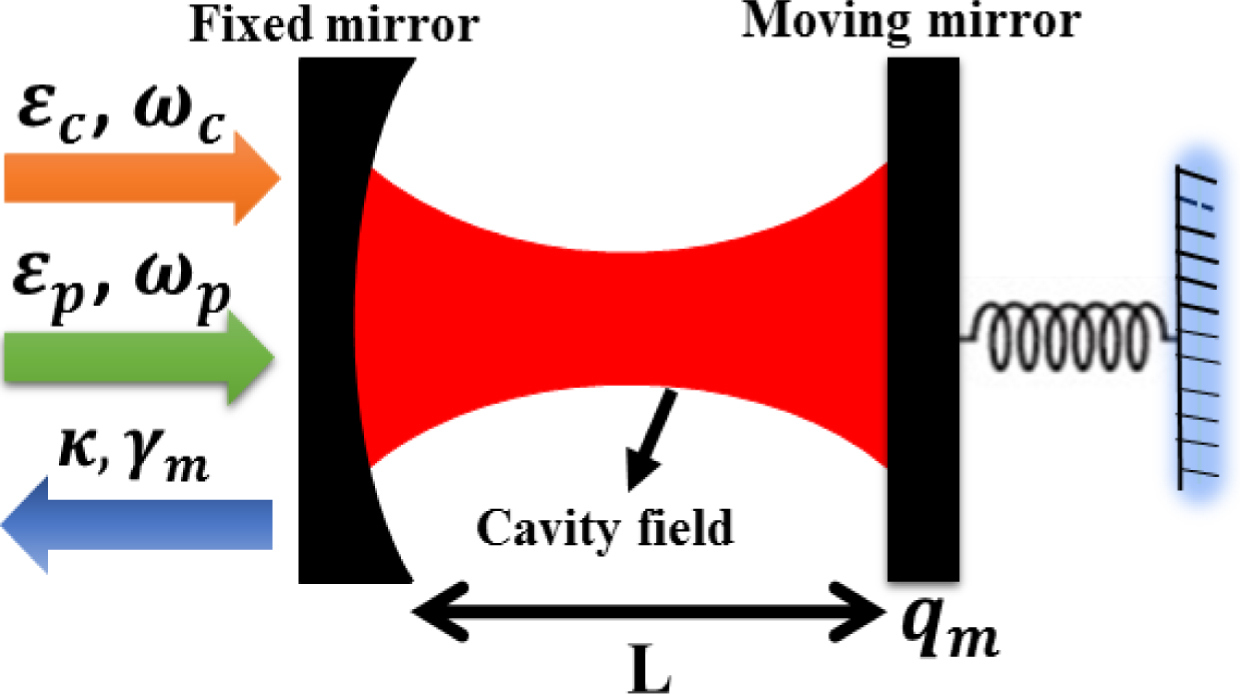
Theoretical physicists Kamran Ullah and Hameed Ullah have shown how a position-dependent mass optomechanical system involving a cavity between two mirrors, one attached to a resonator, can enhance induced transparency and reduce the speed of light.
We are all taught at high school that the speed of light through a vacuum is about 300000 km/s, which means that a beam from Earth takes about 2.5 seconds to reach the Moon. It naturally moves more slowly through transparent objects, however, and scientists have found ways to slow it dramatically. Optomechanics, or the interaction of electromagnetic radiation with mechanical systems, is a relatively new and effective way of approaching this. Theoretical physicists Kamran Ullah from Quaid-i-Azam University, Islamabad, Pakistan and Hameed Ullah from the Institute of Physics, Porto Alegre, Brazil have now demonstrated how light is slowed in a position-based mass optomechanical system. This work has been published in EPJ D.
EPJ D Topical review - Crystal-based intensive gamma-ray light sources
- Details
- Published on 06 October 2020
In a Topical review just published in EPJD, A.V. Korol and A.V. Solov'yov (MBN Research Center, Germany) discuss possibilities for designing and practical realization of novel intensive gamma-ray Crystal-based LSs (CLS) operating at photon energies from 102 keV and above that can be constructed exposing oriented crystals to beams of ultrarelativistic particles. CLSs can generate radiation in the photon energy range where the technologies based on the fields of permanent magnets become inefficient or incapable.
Roberta Caruso joins the EPJ Scientific Advisory Committee (SAC)
- Details
- Published on 28 September 2020
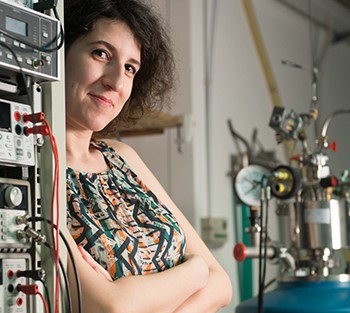
The Scientific Advisory Committee of EPJ is delighted to welcome Dr Roberta Caruso as the new representative for the European Physical Society.
Roberta Caruso is a post-doctoral researcher at University of Naples, where she works in the field of hybrid superconducting devices and oxide interfaces. She has been an EPS member since 2010, where she worked for many years within the committee of the Young Minds project.
EPJ D Highlight - Avoiding environmental losses in quantum information systems
- Details
- Published on 28 September 2020

Through new techniques for generating ‘exceptional points’ in quantum information systems, researchers have minimised the transitions through which they lose information to their surrounding environments.
Recently, researchers have begun to exploit the effects of quantum mechanics to process information in some fascinating new ways. One of the main challenges faced by these efforts is that systems can easily lose their quantum information as they interact with particles in their surrounding environments. To understand this behaviour, researchers in the past have used advanced models to observe how systems can spontaneously evolve into different states over time – losing their quantum information in the process. Through new research published in EPJ D, M. Reboiro and colleagues at the University of La Plata in Argentina have discovered how robust initial states can be prepared in quantum information systems, avoiding any unwanted transitions extensive time periods.
EPJ B Highlight - Antiferromagnet lattice arrangements influence phase transitions
- Details
- Published on 25 September 2020
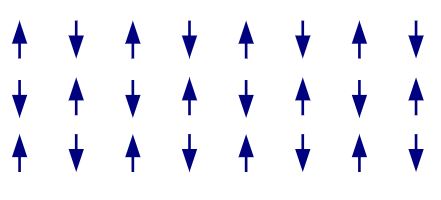
Calculations involving ‘imaginary’ magnetic fields show how the transitioning behaviours of antiferromagnets are subtly shaped by their lattice arrangements.
Antiferromagnets contain orderly lattices of atoms and molecules, whose magnetic moments are always pointed in exactly opposite directions to those of their neighbours. These materials are driven to transition to other, more disorderly quantum states of matter, or ‘phases,’ by the quantum fluctuations of their atoms and molecules – but so far, the precise nature of this process hasn’t been fully explored. Through new research published in EPJ B, Yoshihiro Nishiyama at Okayama University in Japan has found that the nature of the boundary at which this transition occurs depends on the geometry of an antiferromagnet’s lattice arrangement.
EPJ E Celebrates 20th Anniversary
- Details
- Published on 24 September 2020
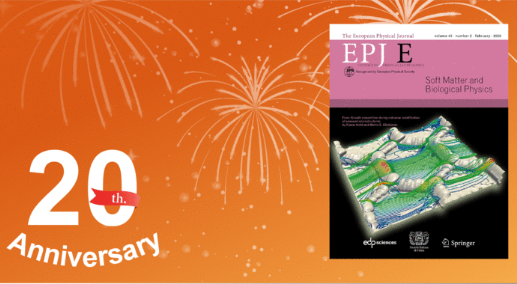
In 2020 The European Physical Journal E - Soft Matter and Biological Physics marks twenty years since the publication of its first papers. To commemorate this milestone, the Editors-in-Chief have made a selection of articles published over these two decades, representing the breadth of coverage of the journal. These articles are now freely accessible until 15 October via this Q&A with Prof Holger Stark, Editor-in-Chief of EPJ E.
EPJ H Highlight - A question of reality
- Details
- Published on 24 September 2020
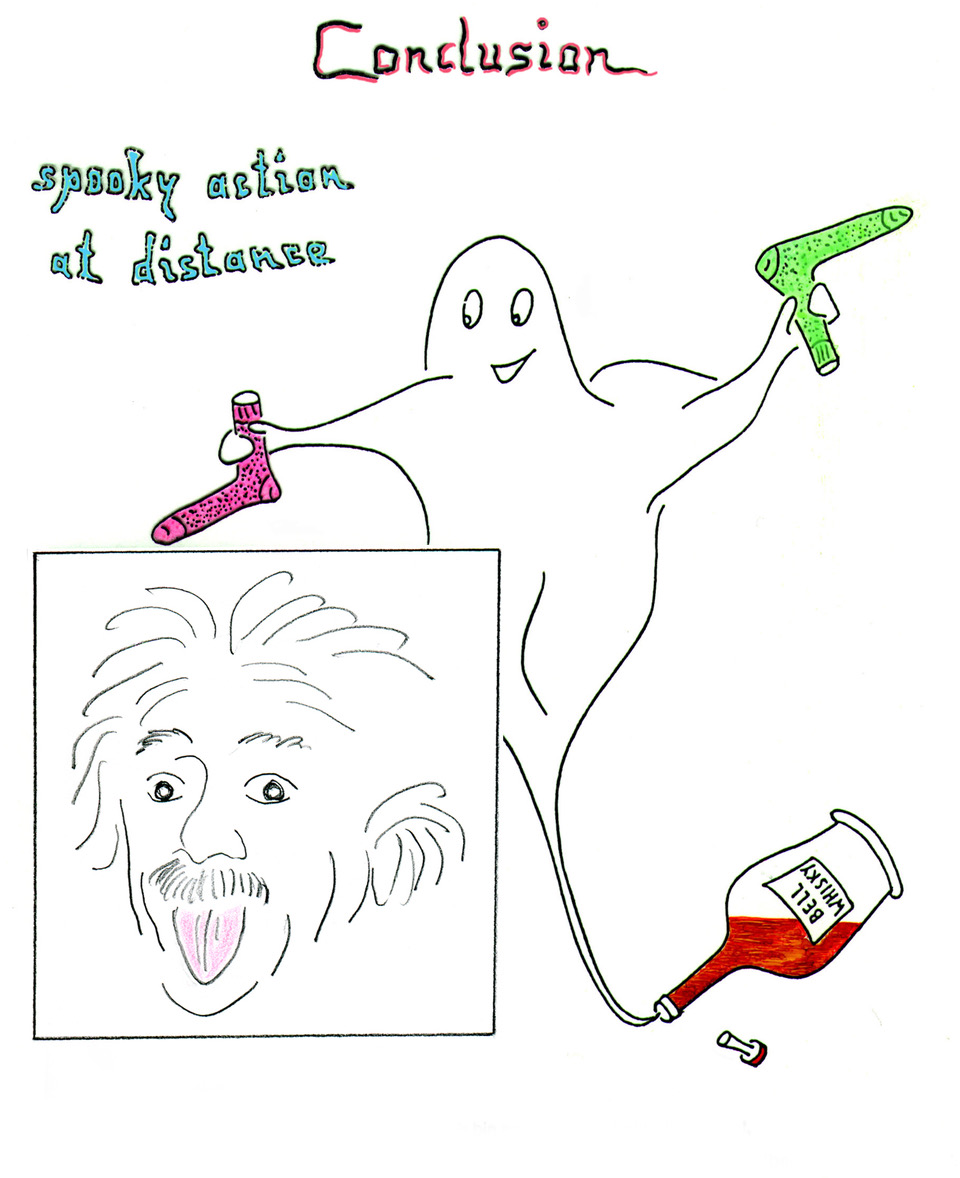
John Stewart Bell’s eponymous theorem and inequalities set out, mathematically, the contrast between quantum mechanical theories and local realism. They are used in quantum information, which has evolving applications in security, cryptography and quantum computing.
The distinguished quantum physicist John Stewart Bell (1928-1990) is best known for the eponymous theorem that proved current understanding of quantum mechanics to be incompatible with local hidden variable theories. Thirty years after his death, his long-standing collaborator Reinhold Bertlmann of the University of Vienna, Austria, has reviewed his thinking in a paper for EPJ H, ‘Real or Not Real: That is the question’. In this historical and personal account, Bertlmann aims to introduce his readers to Bell’s concepts of reality and contrast them with some of his own ideas of virtuality.
EPJ B Highlight - Impurities enhance polymer LED efficiencies
- Details
- Published on 23 September 2020
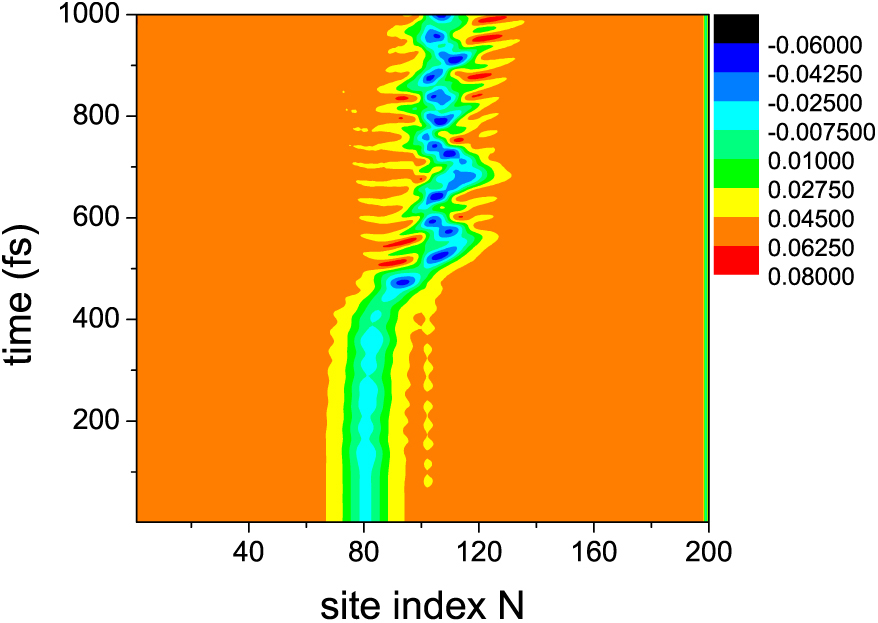
Molecular dynamics simulations have shown that the mysteriously high efficiency of polymer LEDs arises from interactions between triplet excitons in their polymer chains, and unpaired electrons in their molecular impurities.
Polymer LEDs (PLEDs) are devices containing single layers of luminescent polymers, sandwiched between two metal electrodes. They produce light as the metal layers inject electrons and holes into the polymer, creating distortions which can combine to form two different types of electron-hole pair: either light-emitting ‘singlets,’ or a non-emitting ‘triplets.’ Previous theories have suggested that the ratio between these two types should be around 1:3, which would produce a light emission efficiency of 25%. However, subsequent experiments showed that the real value can be as high as 83%. In new research published in EPJ B, physicists in China, led by Yadong Wang at Hebei North University, found that this higher-than-expected efficiency can be reached through interactions between triplet excitons, and impurities embedded in the polymer.





